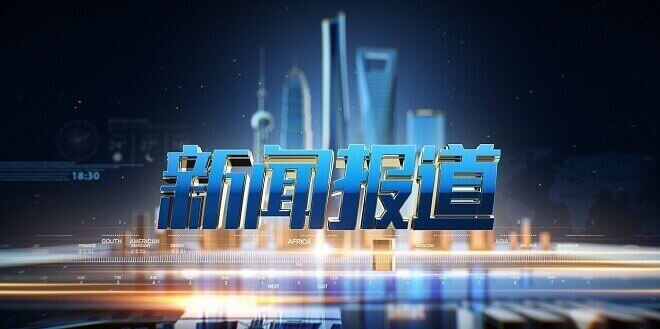In the rapidly evolving field of artificial intelligence, a new tool has emerged that promises to revolutionize the way we perceive and interact with digital art. DrawingSpinUp, an AI-driven animation technology, converts 2D illustrations into 3D animations while preserving the original style and features of the artwork. Developed by researchers at the City University of Hong Kong, this innovative technology is set to reshape the digital art and animation industries.
DrawingSpinUp: An Overview
DrawingSpinUp is a cutting-edge 3D animation generation technology that transforms flat character illustrations into dynamic animations with a 3D effect. By leveraging deep learning techniques, the model identifies and processes the outlines and delicate structures within the illustrations, addressing the challenges associated with traditional 2D to 3D conversions. The technology removes perspective-dependent outline lines, applies deformation algorithms based on skeleton foundations, and employs style recovery strategies, allowing static paintings to rotate, jump, and perform complex actions.
Key Features of DrawingSpinUp
DrawingSpinUp boasts several key features that make it a powerful tool for artists, animators, and developers:
- 3D Animation Generation: The technology converts 2D character illustrations into 3D animations, enabling characters to perform various actions in a virtual space.
- Style Preservation: DrawingSpinUp maintains the original style and features of the artwork during the conversion process, ensuring visual consistency between the animation and the original art.
- Outline Line Handling: The technology identifies and removes outline lines from the illustrations, reducing the perspective dependency issues in 3D modeling. These lines are then re-added using algorithms, preserving the original style.
- Geometric Refinement: Based on skeleton deformation algorithms, the technology refines thin structures represented by single-line outlines, such as characters’ limbs.
- Texture Synthesis: After removing the outline lines, texture synthesis techniques are employed to fill the internal textures, enhancing the 3D model’s detail and realism.
Technical Principles of DrawingSpinUp
DrawingSpinUp’s technology is grounded in several key principles:
- Outline Line Removal: The technology uses deep learning algorithms to identify and remove outline lines from the illustrations, reducing the perspective dependency issues in 3D modeling.
- Internal Texture Filling: By employing rapid marching methods and other techniques, the technology fills the internal areas after removing the outline lines, maintaining the continuity and naturalness of the textures.
- 3D Model Reconstruction: The technology uses a pre-trained image-to-3D model diffusion model to reconstruct textured 3D geometries.
- Shape Cutting and Refinement: The reconstructed 3D models are cut and refined, particularly focusing on thin structures to improve the model’s geometric details.
- Texture Backprojection: Multi-view color images are reprojected into the 3D space to enhance the texture quality.
Application Scenarios
DrawingSpinUp has a wide range of application scenarios across various industries:
- Digital Art and Animation Production: Artists and animators can convert traditional 2D art into 3D animations, adding dynamic elements and creating new forms of art.
- Game Development: Game designers can quickly convert concept art or character designs into 3D game characters, improving game development efficiency and adding more detail and realism to the characters.
- Film and Video Production: DrawingSpinUp can be used to generate complex 3D animation effects in film and video production, reducing the time and cost of manual modeling.
- Education and Training: In the educational sector, DrawingSpinUp helps students better understand three-dimensional space and animation principles, serving as a teaching aid.
Conclusion
DrawingSpinUp represents a significant leap forward in the field of AI-driven animation technology. By converting 2D illustrations into 3D animations while preserving the original style and features, this innovative tool has the potential to transform the way we create and experience digital art. As the technology continues to evolve, we can expect to see even more creative applications and advancements in the digital art and animation industries.
Views: 0
